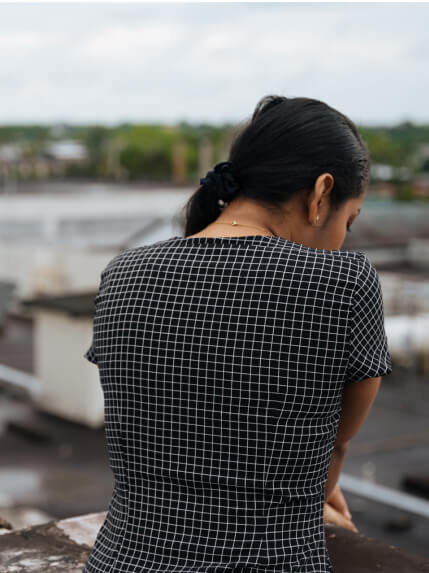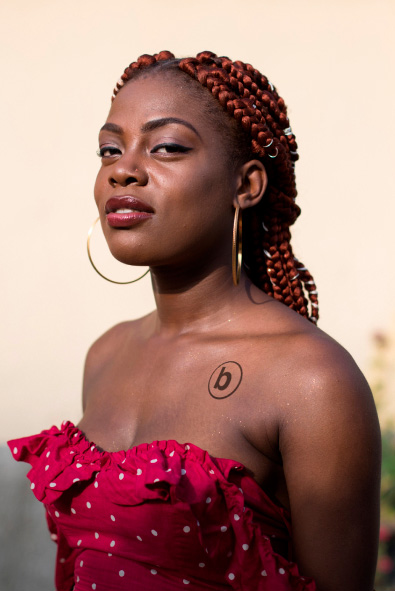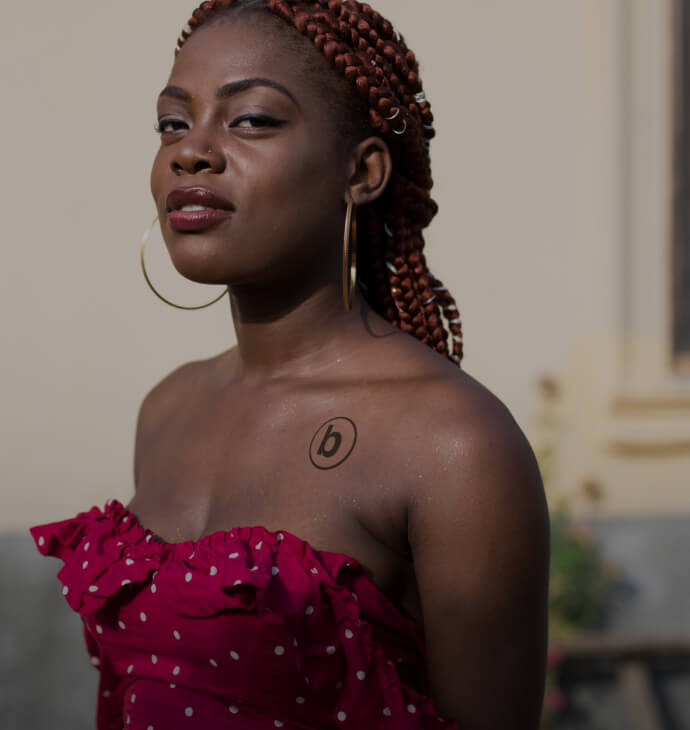Ecuador
Name and identifying details have been changed for privacy and protection
Photography used for representational purposes only and does not depict the story’s subject
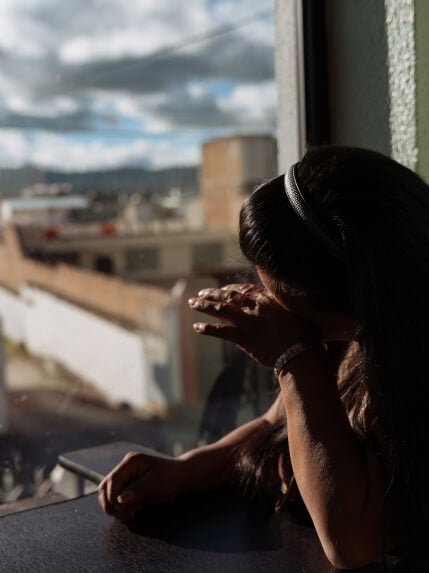
When I ended a relationship, my ex-boyfriend started writing and calling me non-stop. It got to a point where I was forced to block him from all social media, but I could still see how many times he tried to contact me every day. A month after the breakup, he went to my house. We tried to get back together, but within three days, I didn’t feel safe. The constant messages and calls resumed. He told me that he would kill himself, that he had an accident and almost died, that he had changed, that he was going to be a better person. He kept writing and calling me, repeating the same thing.
I wanted to lodge a complaint of psychological violence with a judicial unit, but you had to file online and the page wasn’t working. My lawyer suggested I go to the police department, which sent me from place to place until I ended up at a police station that was closed that day. My lawyer and I went back to the judicial unit to lodge a complaint of physical violence to expedite the process. A week earlier, [my ex] had banged my head against the door and hit my arms and hand, but only the open wound on my hand made it into the report because the other injuries weren’t visible.
“I felt frustrated that victims are the ones who have to take action to protect themselves.”
Even though I had protective measures like a panic button, he continued to send messages, call and video call, and send Instagram requests. I decided... to use his messages as evidence of his continued harassment. But he also called from other numbers, so I avoided unknown numbers almost every day.
At the trial two months later, during which he continued to send declarations of his love, he was found innocent. We asked that the insistent telephone calls be used as proof of his abuse, but they rejected that. The judge mentioned that she did not take into consideration the allegations of psychological violence because the complaint was specifically about physical violence.
The judicial unit made me feel guilty, telling me to consider that the complaint could affect the life of the perpetrator and his ability to find work. The psychology expert told me that it happened because I allowed it by returning to him. I felt powerless when the justice system did not validate this as harassment.


